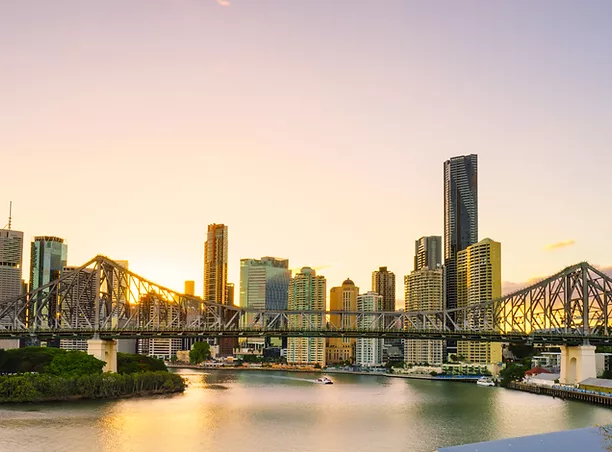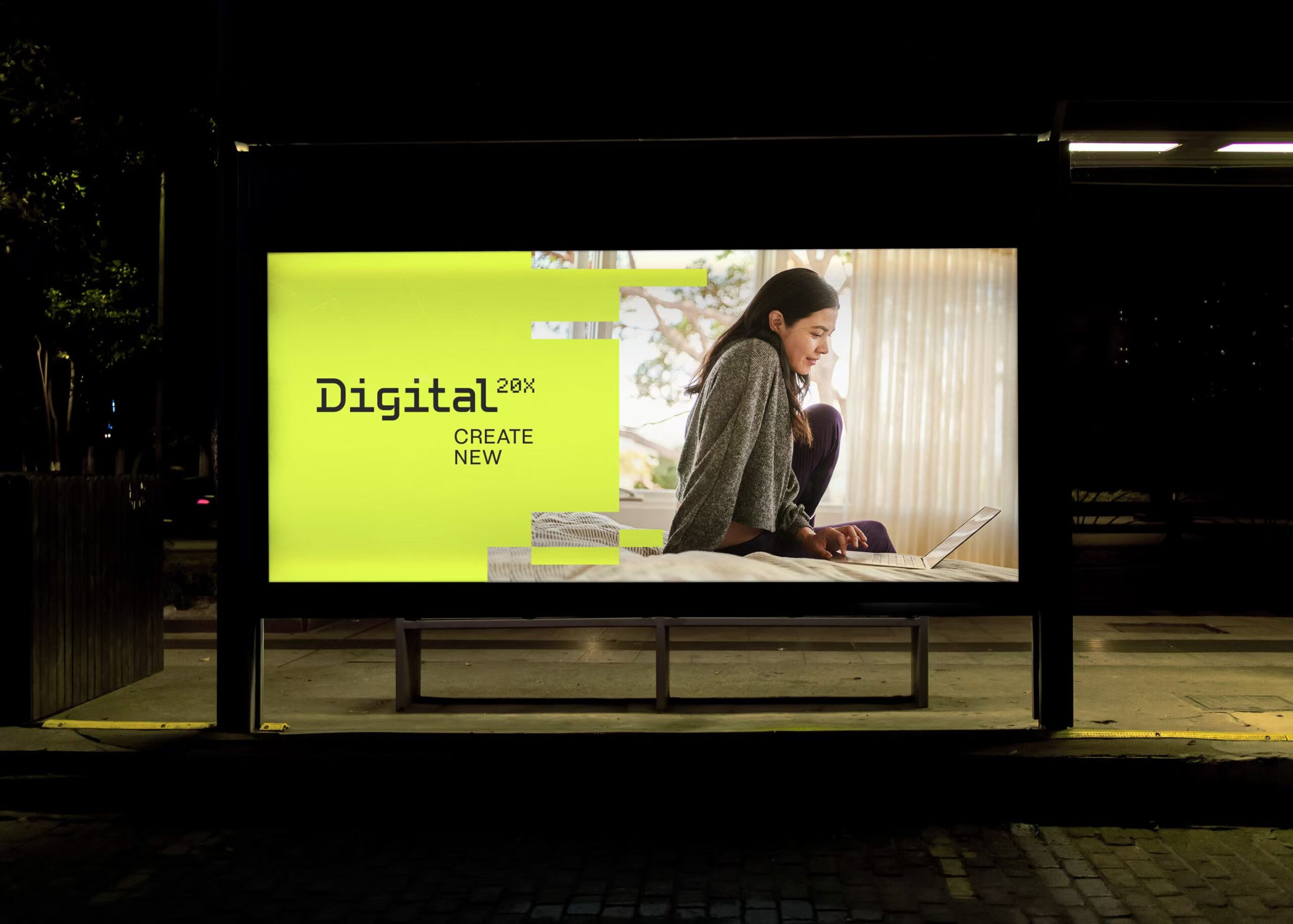The Influence of Outdoor Media: Increasing Brand Awareness
Outdoor media is a powerful tool for boosting brand visibility, allowing businesses to connect with large and diverse audiences in high-traffic public spaces. From billboards to transit ads and street furniture, outdoor advertising can leave a lasting impression on consumers.
In this article, we explore the types of outdoor media, best practices for running impactful campaigns, and inspiring examples from global brands.
Why Outdoor Media Works
- High Visibility & Wide Reach: Outdoor ads are hard to miss—especially in busy areas like shopping malls, transit hubs, and highways—reaching millions daily.
- Stronger Brand Recognition: Frequent exposure in public spaces builds familiarity, keeping brands top-of-mind, similar to brand exposure in public spaces campaigns.
- Strategic Audience Targeting: Ads can be placed near specific locations—shopping malls, offices, or schools—to reach the right audience, just like city-wide advertising strategies.
- Constant Presence: Unlike digital ads that can be skipped or blocked, outdoor media is always present in the physical environment, akin to outdoor media campaigns.
Types of Outdoor Media
- Billboards: High-impact visuals for maximum exposure on highways or in cities.
- Digital Screens: Dynamic content with videos, animations, and real-time updates.
- Transit Advertising: Ads on buses, trains, taxis, or stations for commuter engagement, similar to on-train advertising.
- Street Furniture: Bus shelters, benches, kiosks—perfect for pedestrian traffic.
- Point-of-Sale Displays: Positioned in or near stores to trigger impulse buys.
- Event & Sponsorship Displays: Outdoor activations linked to concerts, sports events, or festivals for direct consumer engagement.
Best Practices for Outdoor Campaigns
- Keep It Simple: Use bold, clear fonts and focus on one main message.
- Use Powerful Visuals: Strong imagery, high contrast, and minimal text grab attention.
- Integrate Digital: Add QR codes, URLs, or social media handles for instant interaction.
- Choose the Right Locations: Match ad placement with your audience’s daily routes.
- Time It Well: Schedule ads to coincide with events, promotions, or peak traffic.
- Stay Consistent: Reinforce the same message across multiple outdoor media formats for maximum recall.
Successful Campaign Examples
- Apple – Shot on iPhone: Stunning user-shot images on billboards worldwide showcased the iPhone camera’s capabilities and built consumer trust.
- Coca-Cola – Share a Coke: Digital screens displayed names, adding a personal touch that drove purchases.
- Netflix – Pop Culture Billboards: Clever, topical ads referencing hit shows and memes connected deeply with fans.
- Nike – “Just Do It” Outdoor Fitness Ads: Large billboards near gyms and parks reinforced their motivational branding.
Measuring Campaign Success
- Impressions & Reach: Estimate views based on traffic at the ad location.
- Engagement Metrics: Track web visits, social media activity, or QR scans.
- Customer Feedback: Use surveys to assess recall and brand perception.
- Sales Uplift: Measure direct impact on product sales during or after campaigns.
Conclusion
Outdoor media advertising offers unmatched visibility and the ability to create real-world impact. By combining clear messaging, eye-catching visuals, and strategic placement, brands can ensure their campaigns leave a lasting impression on audiences.
When integrated with digital tools like QR codes or interactive elements, outdoor ads can bridge offline and online engagement, making them even more effective in driving consumer action and increasing brand awareness, similar to public transport advertising strategies.
FAQs About Outdoor Media Advertising
1. What is outdoor media advertising?
Outdoor media advertising refers to placing ads in public spaces such as billboards, digital screens, bus shelters, and transit systems. Its goal is to capture attention in high-traffic areas and boost brand awareness.
2. Why is outdoor media effective for brand building?
Outdoor ads are highly visible and unavoidable, providing repeated exposure to commuters and pedestrians. This creates stronger recall compared to digital ads, which can be skipped or ignored.
3. What are the most common types of outdoor advertising?
The most popular formats include billboards, transit ads, street furniture, point-of-sale displays, and digital screens, each designed to maximize visibility and impact.
4. How much does outdoor advertising cost?
The cost depends on location, format, and duration. A prime-time digital billboard in a city center costs more than a bus shelter ad, but both can be tailored to suit different budgets.
5. Can outdoor advertising be targeted to specific audiences?
Yes. By placing ads near shopping centers, schools, offices, or event venues, businesses can reach specific demographics and improve campaign effectiveness.
6. How do you measure the success of outdoor campaigns?
Success can be measured by impressions, QR code scans, website visits, customer surveys, and sales results. Combining offline exposure with online tracking provides a clearer ROI.
7. Is outdoor media suitable for small businesses?
Absolutely. Local businesses can benefit from street furniture ads or transit media in their community. These formats provide strong visibility at affordable rates, making outdoor media scalable for businesses of all sizes.
GET IN TOUCH WITH OUR TEAM

Melbourne
Head Office
Level 7, 492 St Kilda Road,
Melbourne Vic 3004
Ph: 03 9867 1022
info@sjmediagroup.com.au

Sydney
Office
Level 3, WeWork c/o S&J Media Group,
100 Harris Street,Pyrmont NSW 2009
Ph: 02 8424 6100
info@sjmediagroup.com.au

Brisbane
Office
WeWork c/o S&J Media Group,
310 Edward St,Brisbane City QLD 4000
Ph: 07 3217 2233
info@sjmediagroup.com.au
View more of our related content
- Boost Brand Exposure in Public Spaces for Greater Impact
- City-Wide Advertising: Expand Brand Reach Across Urban Markets
- Maximize Impact with Metro Advertising in Urban Areas
- Red Book Advertising in Australia: Unlock Targeted Audience Engagement
- RedNote Advertising in Australia: How to Market to Chinese Consumers
- Multicultural Advertising in Australia: Strategies for Success in a Diverse Market
- The Power of Australia Train Advertising: Capturing Audiences on the Go
- The Power of Outdoor Media: Boosting Brand Visibility in Public Spaces
- Chinese Media in Australia: Expanding Brand Reach to Chinese Audiences

